

Shane O'Donoghue
2025 Nissan Ariya Nismo review: Quick drive
6 Days Ago
While the Mitsubishi i-MiEV may have been first out the gate, the jellybean will probably end up being a forgotten footnote in the history of the EV.

Journalist
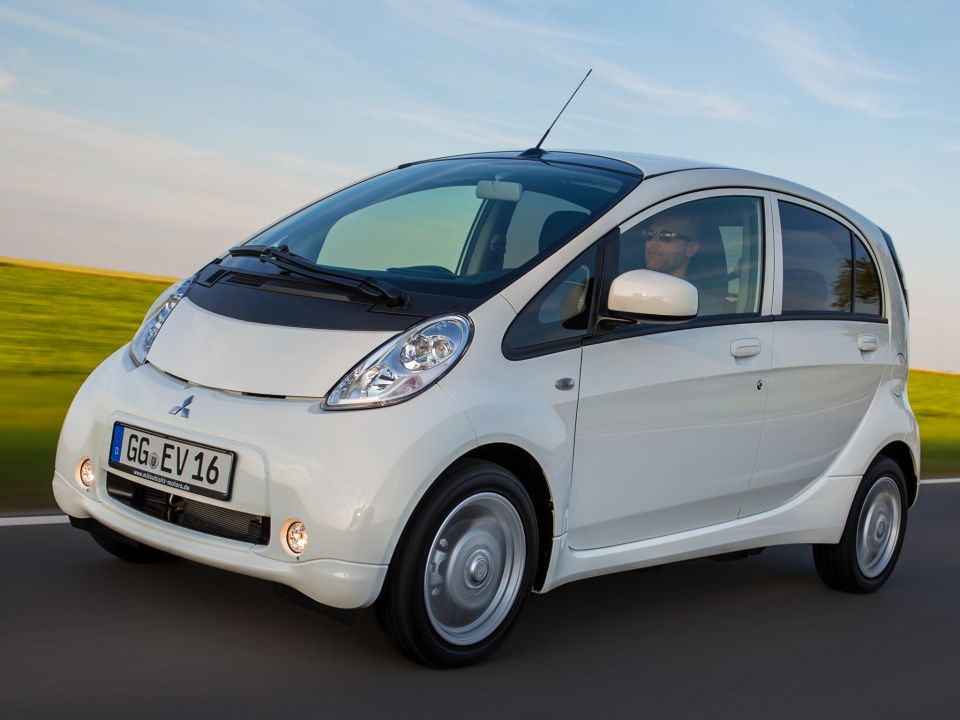

Journalist
Production of the Mitsubishi i-MiEV looks likely to end in a few months time. Although it never achieved the sales success of the Nissan Leaf, let alone the Tesla Model S or Model 3, it was the first production mainstream electric car of the modern era.
According to an executive who spoke to the Nikkei, the company “[doesn’t] have enough money and personnel to continue investing in EV development”.
The news service believes production will finish by the end of the current Japanese financial year, which ends March 2021.
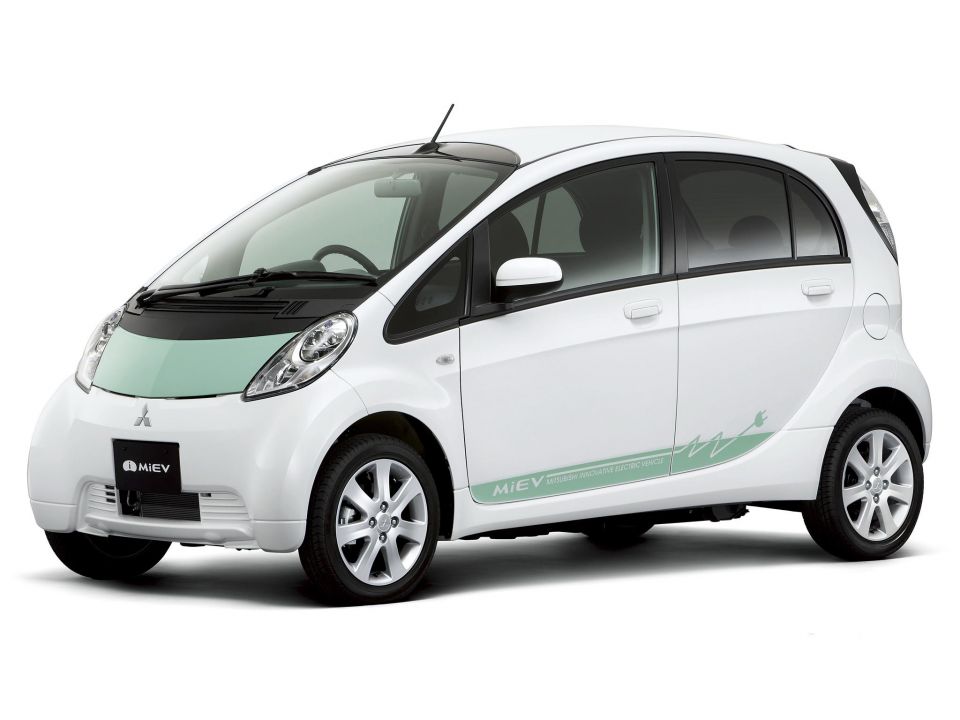
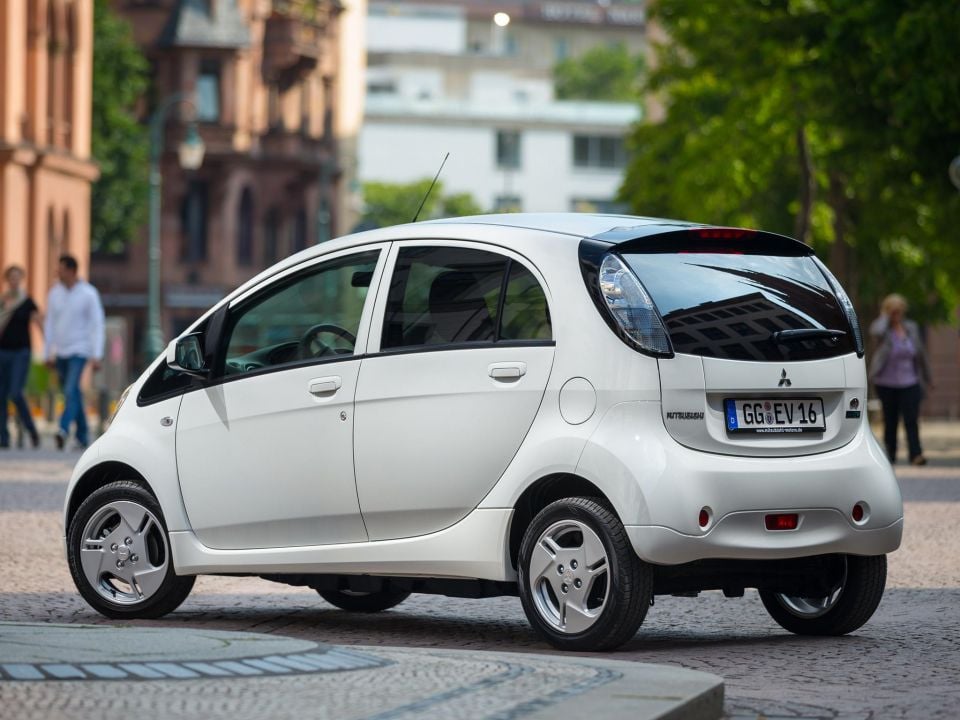
Regardless of when the last model trundles down the assembly line, the i-MiEV has had an impressively long run having entered production in 2009. The electric hatch has already outlasted the i, its petrol-powered sibling which was manufactured between 2006 and 2013.
Both the i and i-MiEV kei cars had a distinctive jellybean shape because of their rear-engine, rear-wheel drive platform.
Weighing just 1050kg, the i-MiEV had an electric motor with 47kW and 180Nm ahead of the rear axle. This was hooked up to a small 16kWh battery pack that according to the US EPA was good for 100 kilometres of driving.
Range was said to be heavily reduced if you used the air conditioner or heater. Top speed was limited to 135km/h, and the 0-100km/h was a very leisurely 15.9 seconds. It rode on 15-inch wheels with 145/65 tyres up front, and wider 175/55 rubber at the rear.
By way of comparison, the regular i models had a 660cc three-cylinder petrol engine with 38kW/57Nm in naturally-aspirated form, or with a maximum of 48kW/95Nm when equipped with a turbocharger.
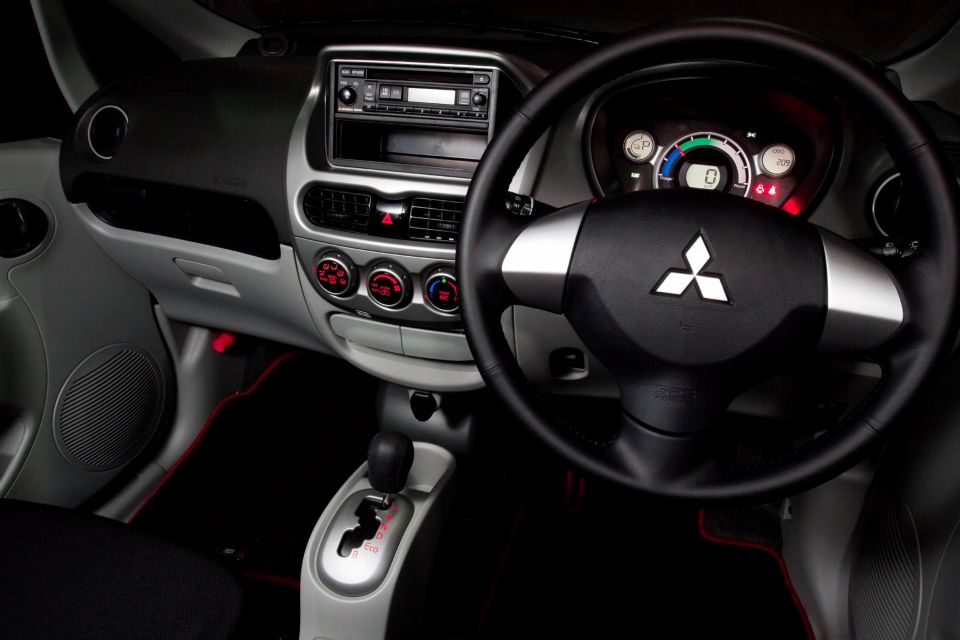

The i-MiEV beat the Nissan Leaf (2010) and Tesla Model S (2012) to production, but it lost the race.
Thanks to the Leaf’s mix of affordable pricing and decent interior space, it was the first EV to reach half-a-million sales. The Model S has since overtaken it, and Teslas are the comparison point for all electric cars
While its price of $48,900 before on-road costs was below expectations, it was too much for such a tiny vehicle with a tinny interior and minuscule range. In the end only 237 were sold in Australia between 2010 and 2012.
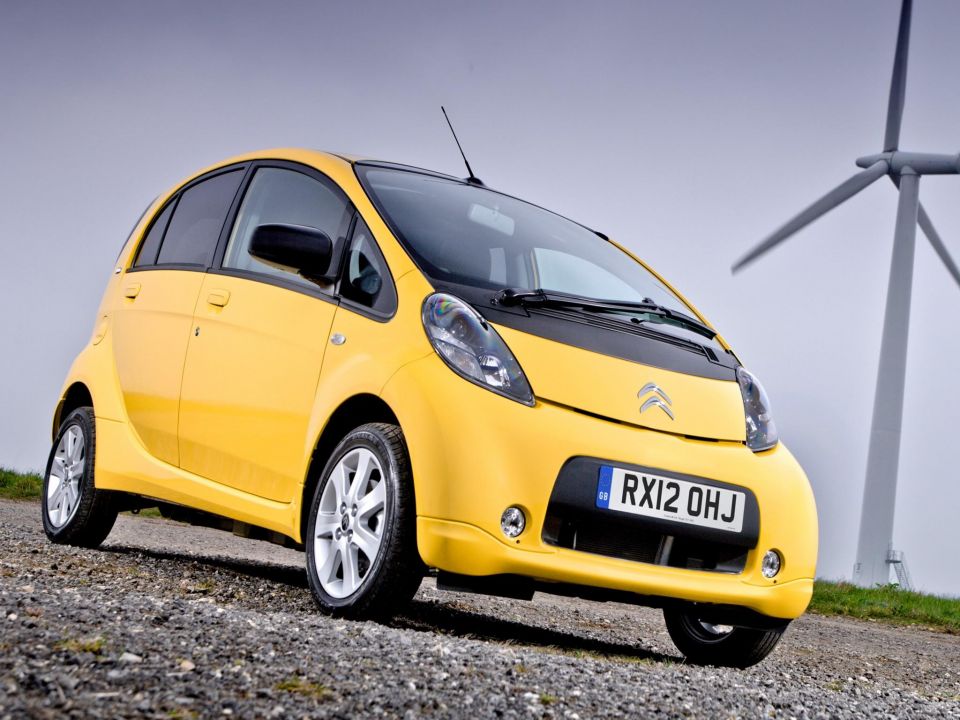

Measuring 3395mm long, 1475mm wide, 1600mm tall, the i-MiEV was diminutive to say the least. The car’s long 2550mm wheelbase meant four passengers had a surprising amount of room given the exterior dimensions, but boot space was cramped to say the least.
A slightly longer and wider version was sold in the US, but these modifications didn’t do much for the car’s looks or sales.
Unsurprisingly the i-MiEV found most favour in Japan and Europe. On the Continent the i-MiEV was also rebadged as the Citroen C-Zero and Peugeot iOn.
Depending on the source, Mitsubishi is said to have sold between 32,000 and 50,000 i-MiEV hatches since 2009.
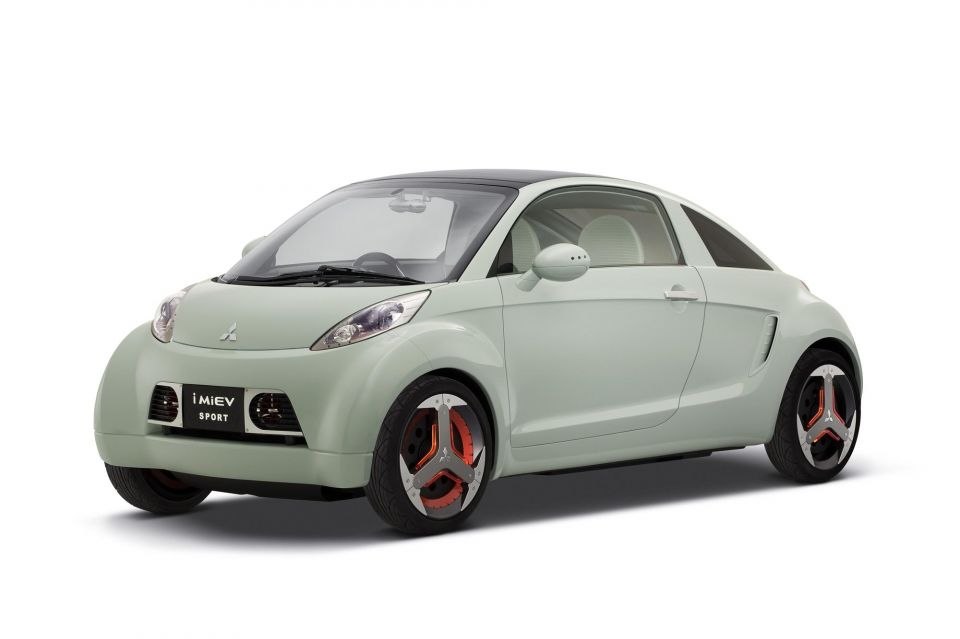
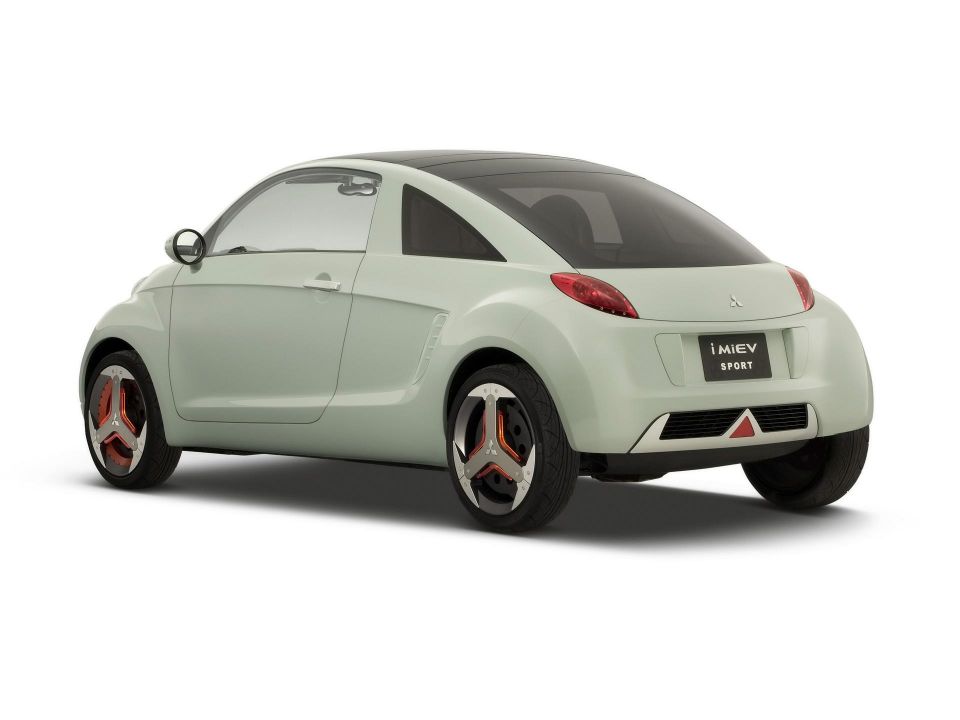
MiEV is an initialism for Mitsubishi Innovative Electric Vehicle, and over the years the automaker has released a number of MiEV-branded concepts.
Some, like the PX-MiEV II bear no relation to the i-MiEV, but were forerunners to future production vehicles, such as the Outlander PHEV.
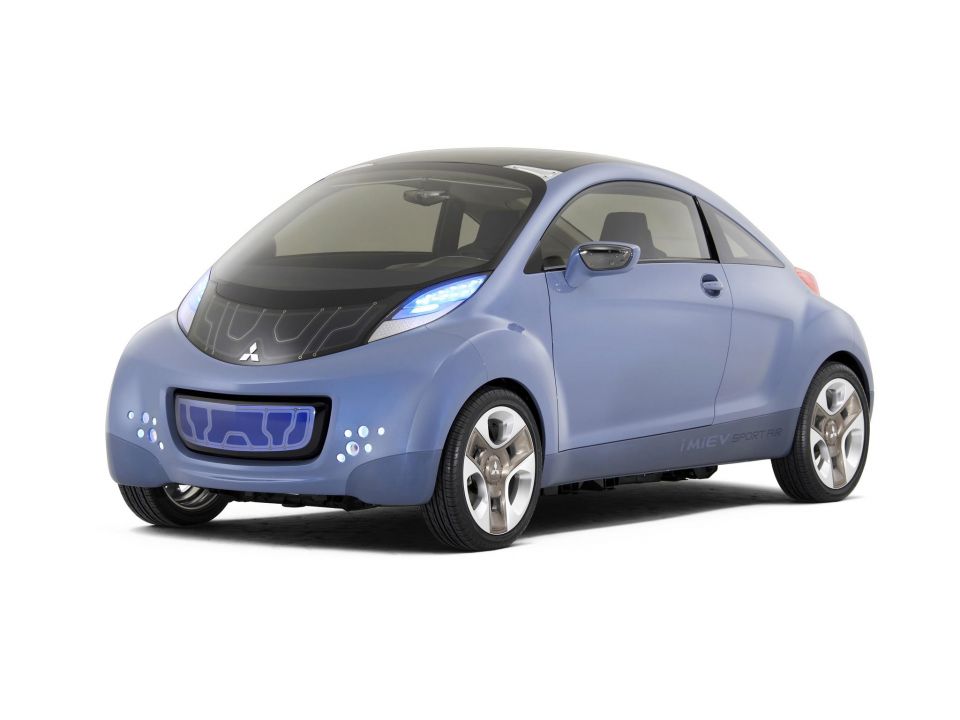
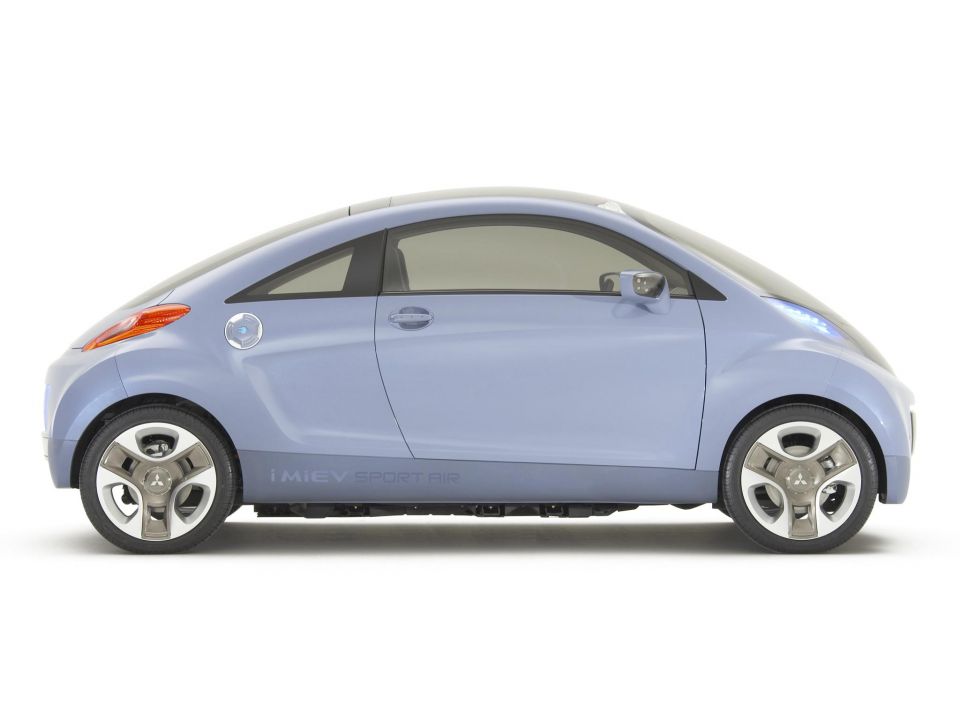
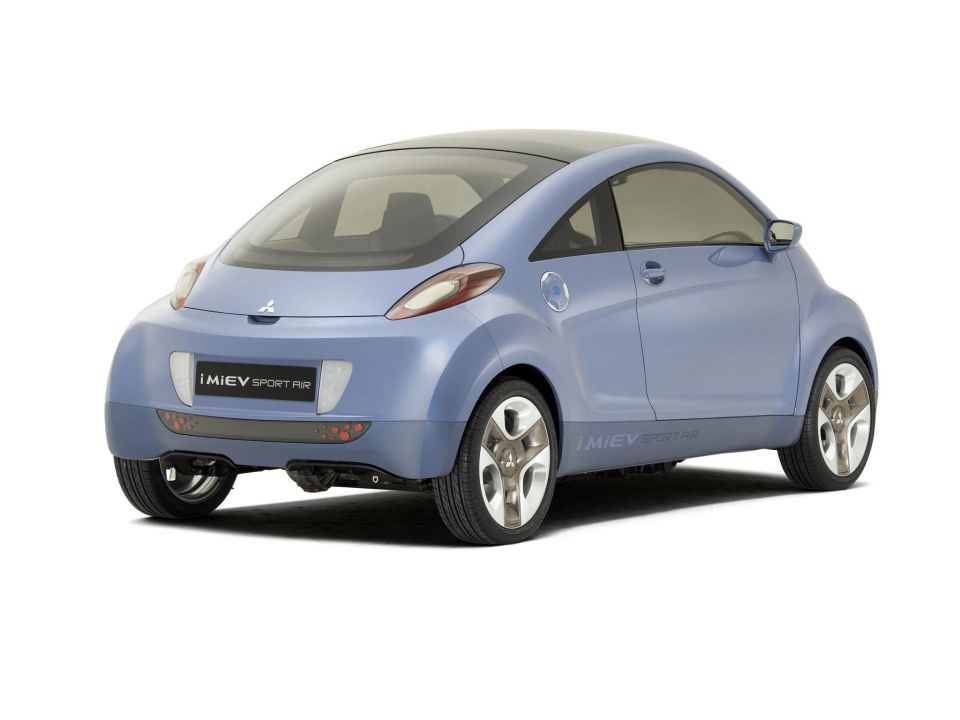
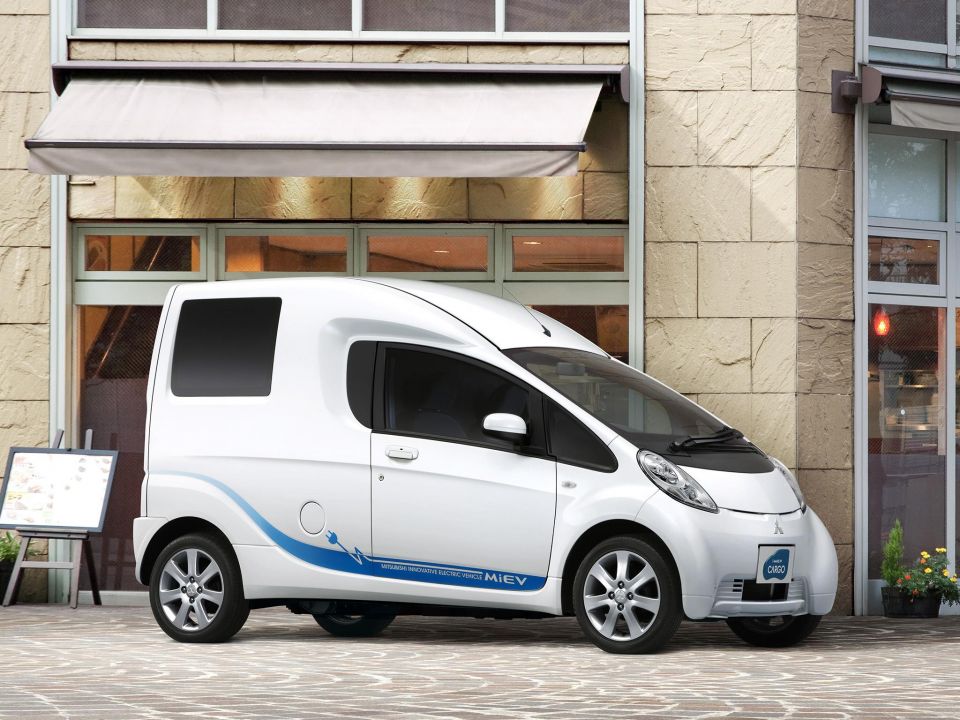
Others, though, aimed to transform the i-MiEV into either something sportier, such as the i-MiEV Sport and i-MiEV Sport Air, or into more utilitarian and practical vehicle, like the i-Miev Cargo Concept.
Sadly none of these i-MiEV-based vehicles progressed to production.
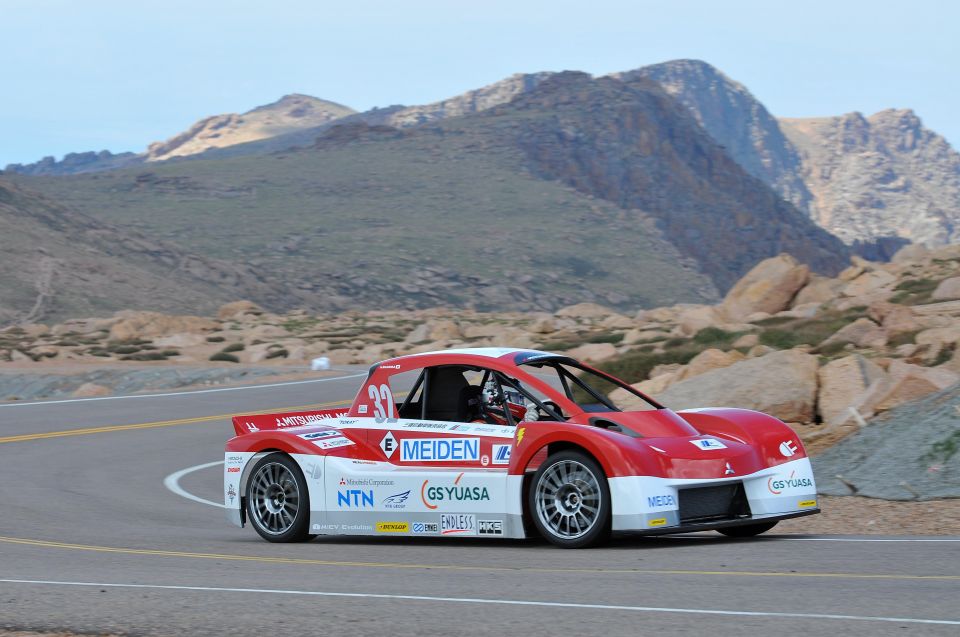
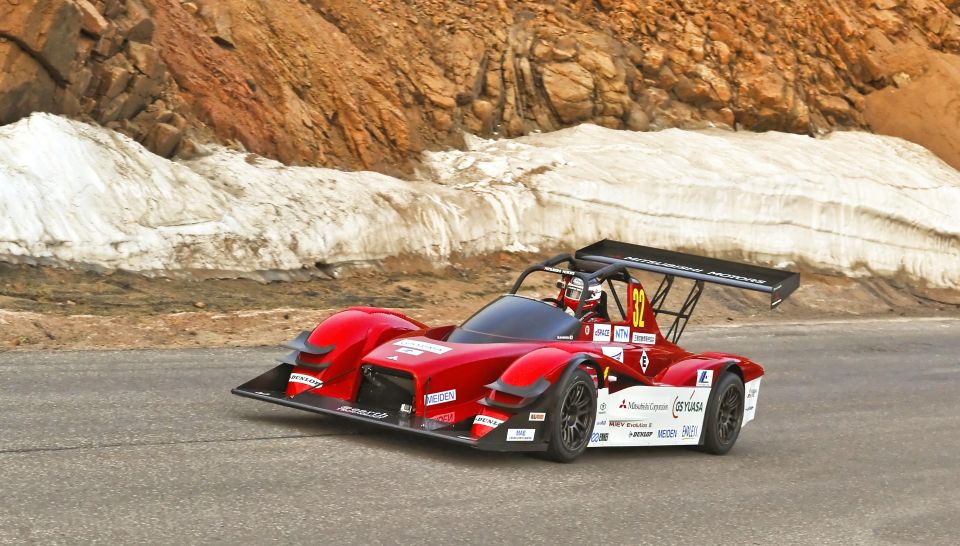
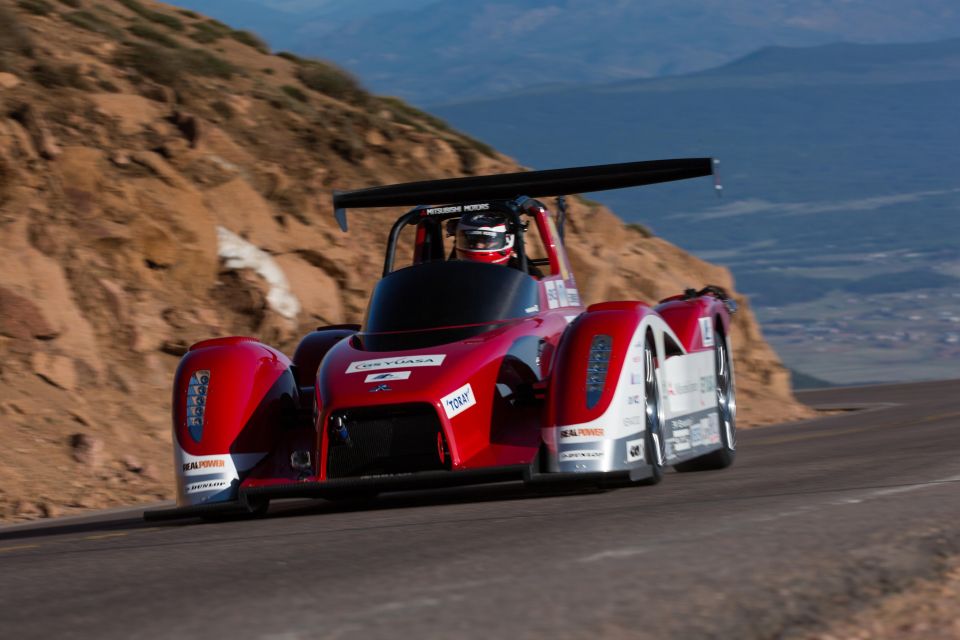
Mitsubishi also used the MiEV name for three electric race cars designed to tackle the Pikes Peak International Hill Climb.
The 2012 MiEV Evolution used retuned versions of the i-MiEV’s electric motor. One powered the front wheels, while two were placed on the rear axle. In total they made 240kW and 600Nm.
The MiEV Evolution II and III in subsequent years gained power and bigger battery packs.
In 2014 Mitsubishi’s electric race car finally finished at the top of the electric modified class, and also finished second and third overall.
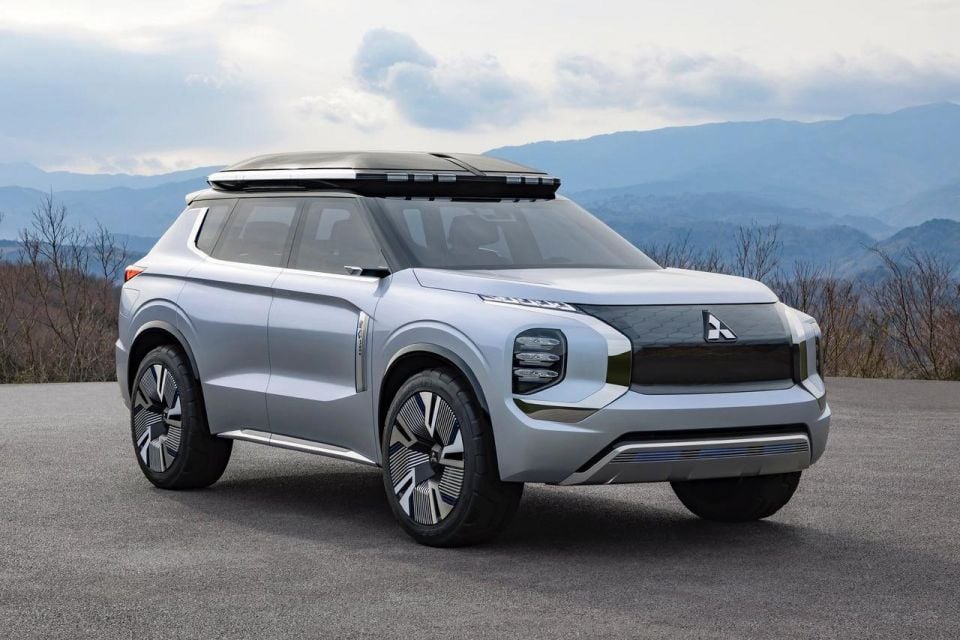
While the i-MiEV has come to the end of the road, Mitsubishi is reportedly working on a new electric kei car with Nissan, its parent company.
The company has also been given responsibility for plug-in hybrid drivetrains across the Renault-Nissan-Mitsubishi Alliance.
Where expert car reviews meet expert car buying – CarExpert gives you trusted advice, personalised service and real savings on your next new car.
Derek Fung would love to tell you about his multiple degrees, but he's too busy writing up some news right now. In his spare time Derek loves chasing automotive rabbits down the hole. Based in New York, New York, Derek loves to travel and is very much a window not an aisle person.


Shane O'Donoghue
6 Days Ago


Anthony Crawford
5 Days Ago


Matt Campbell
4 Days Ago


James Wong
3 Days Ago


Max Davies
1 Day Ago


Josh Nevett
11 Hours Ago